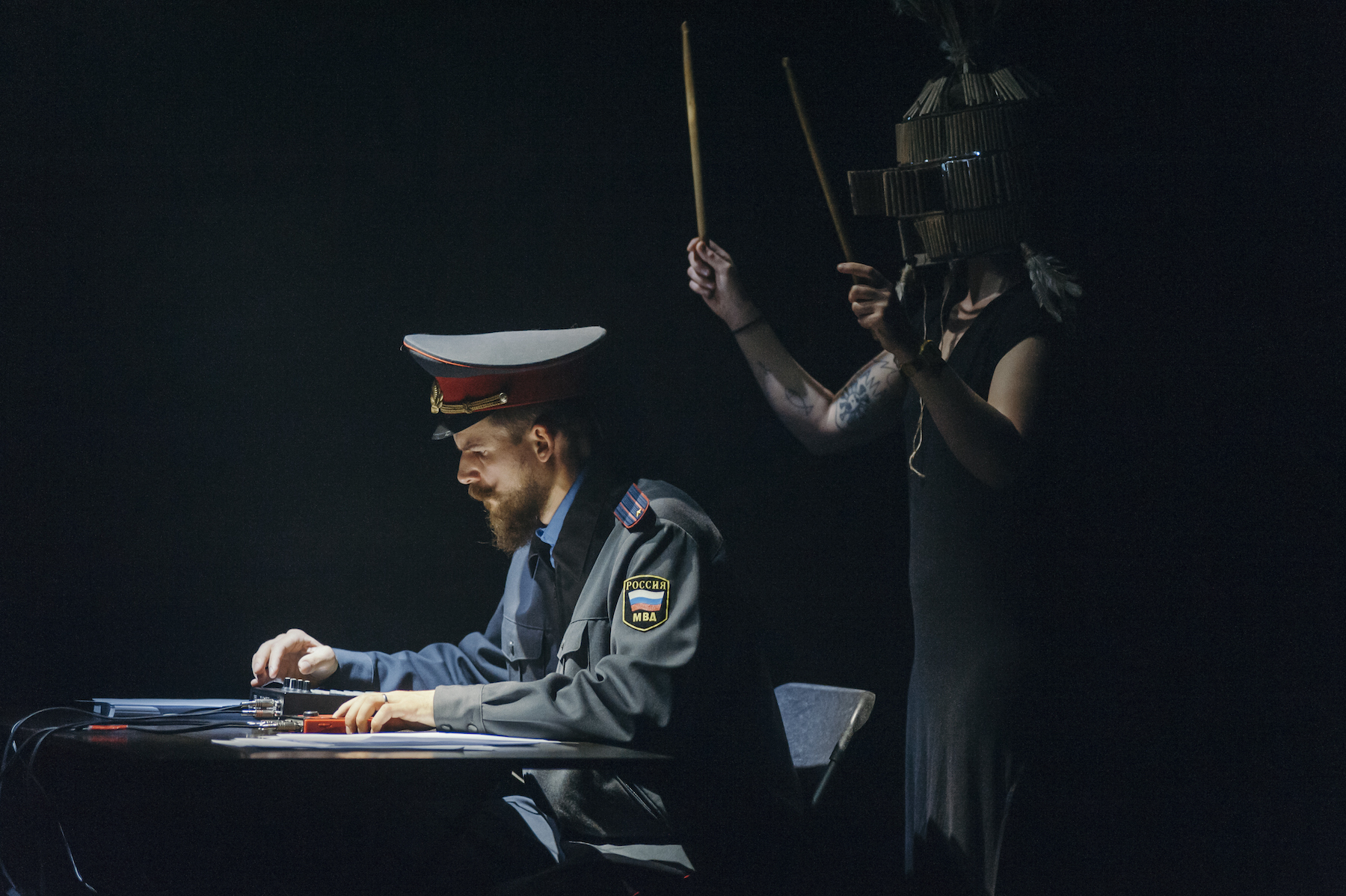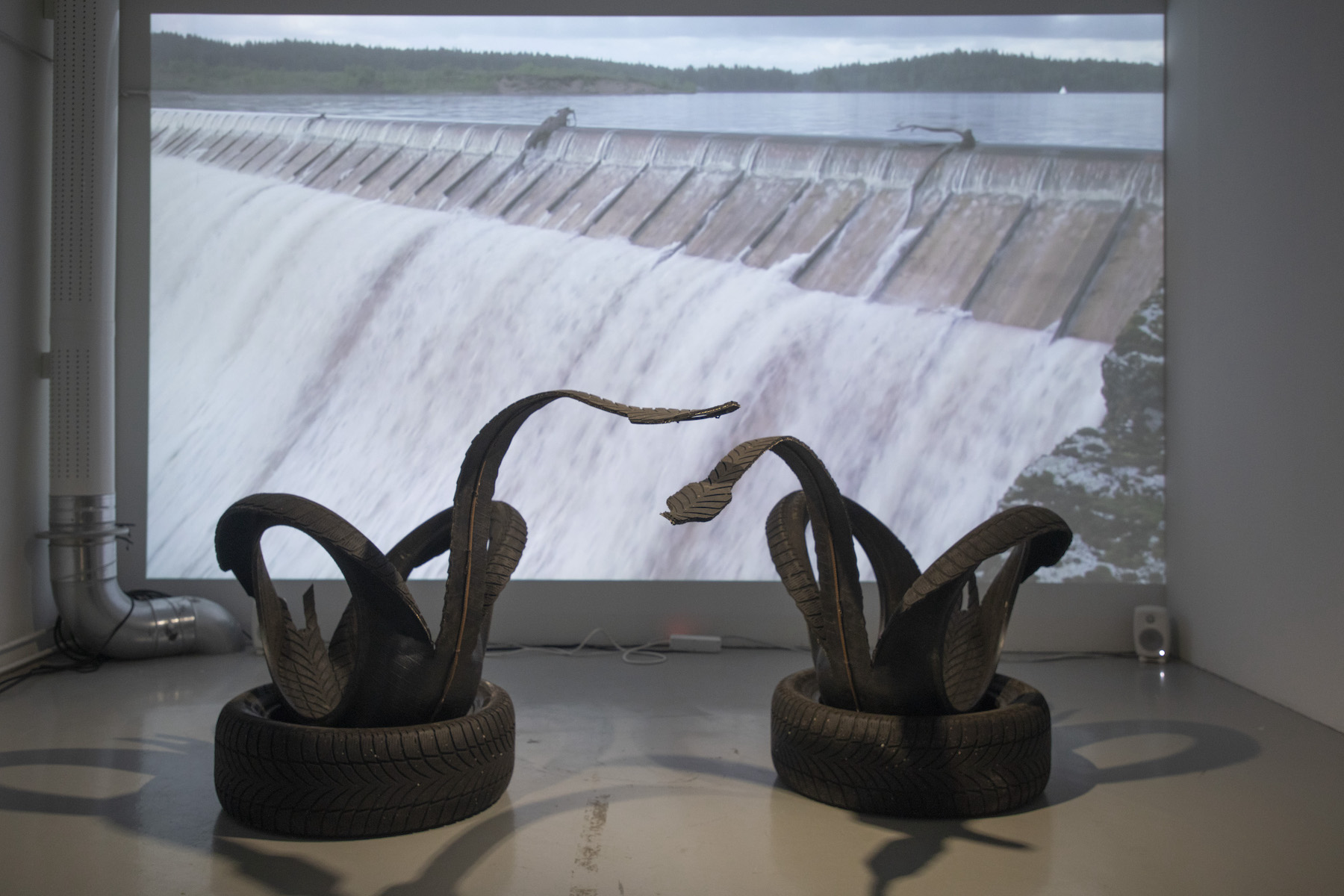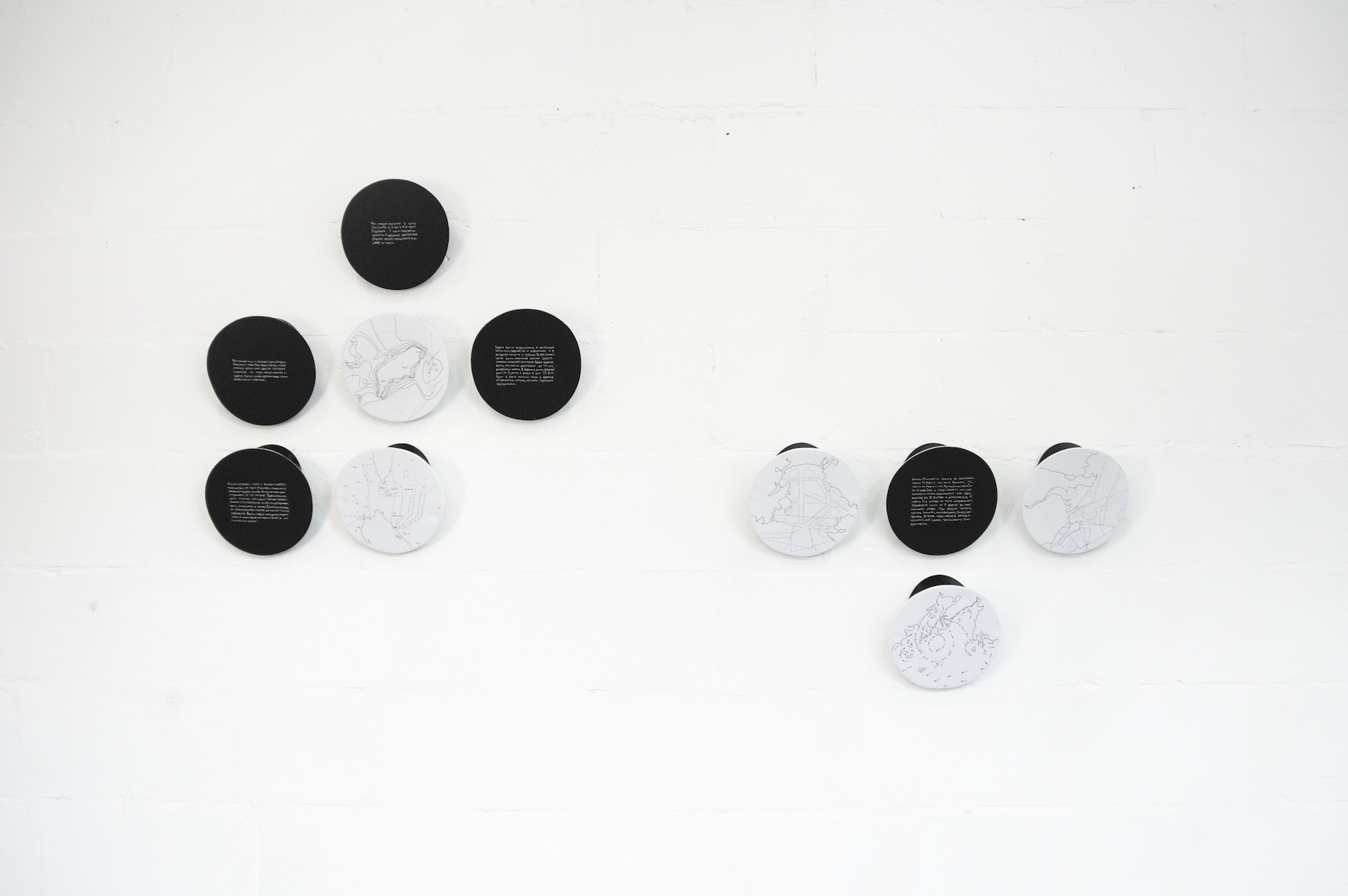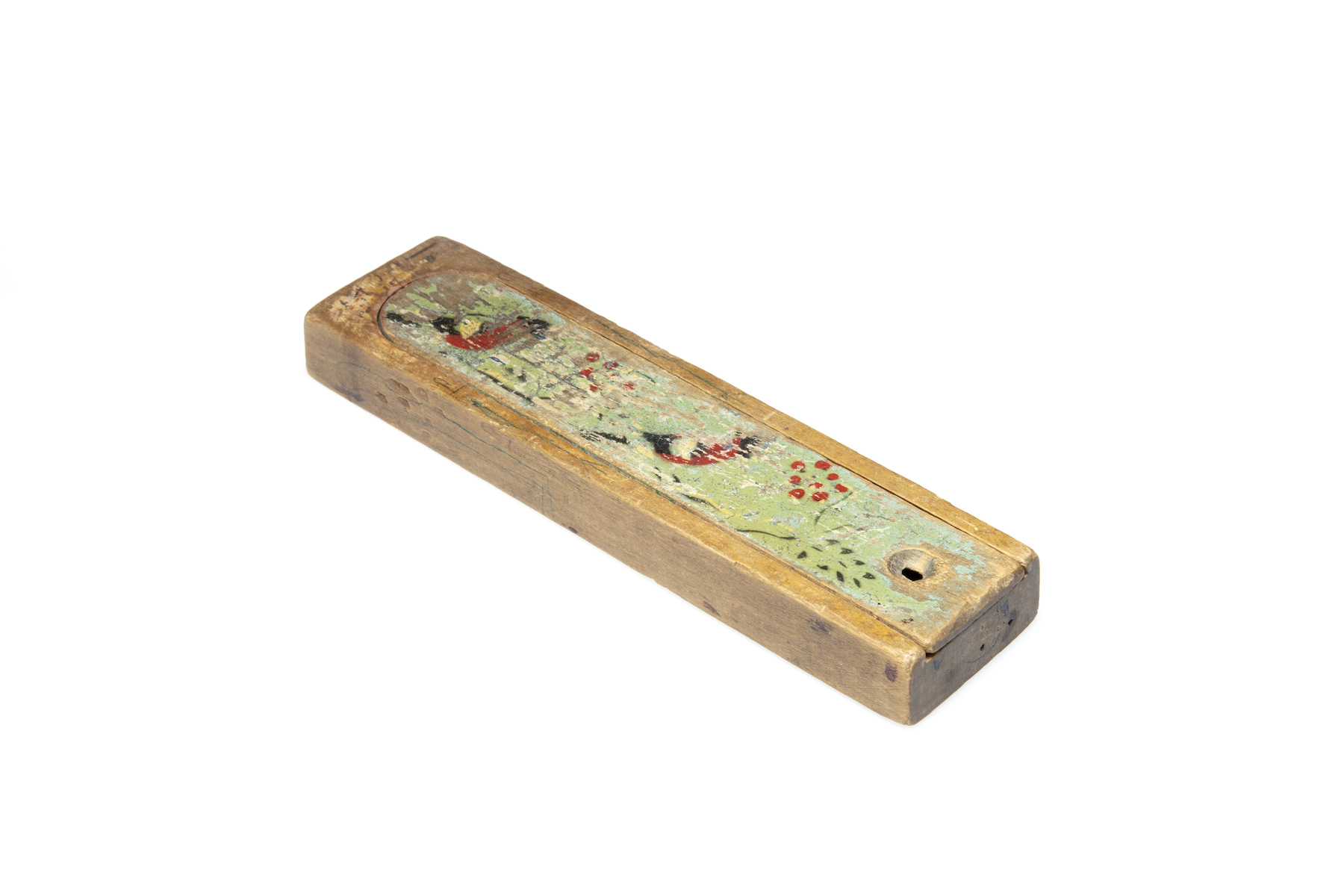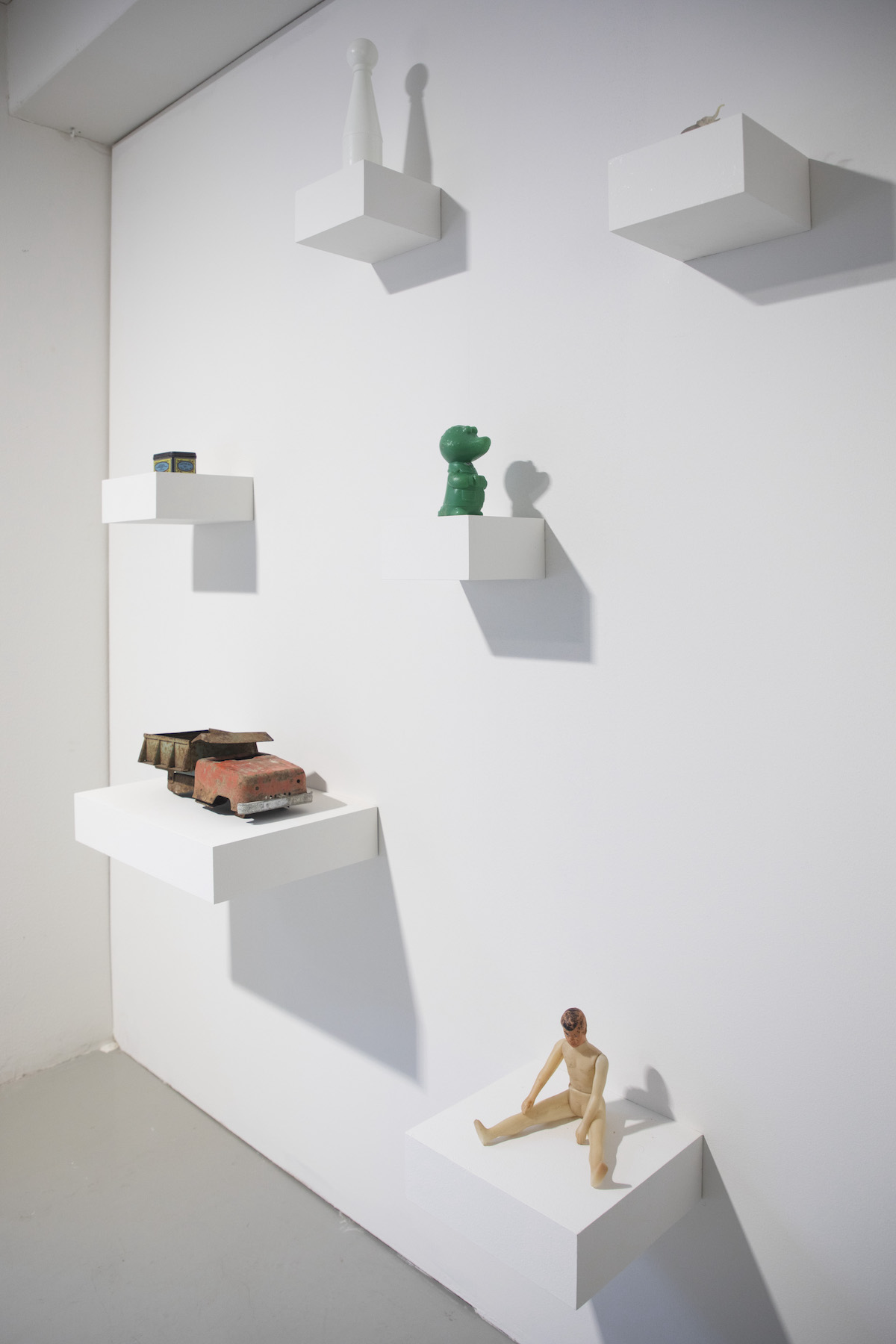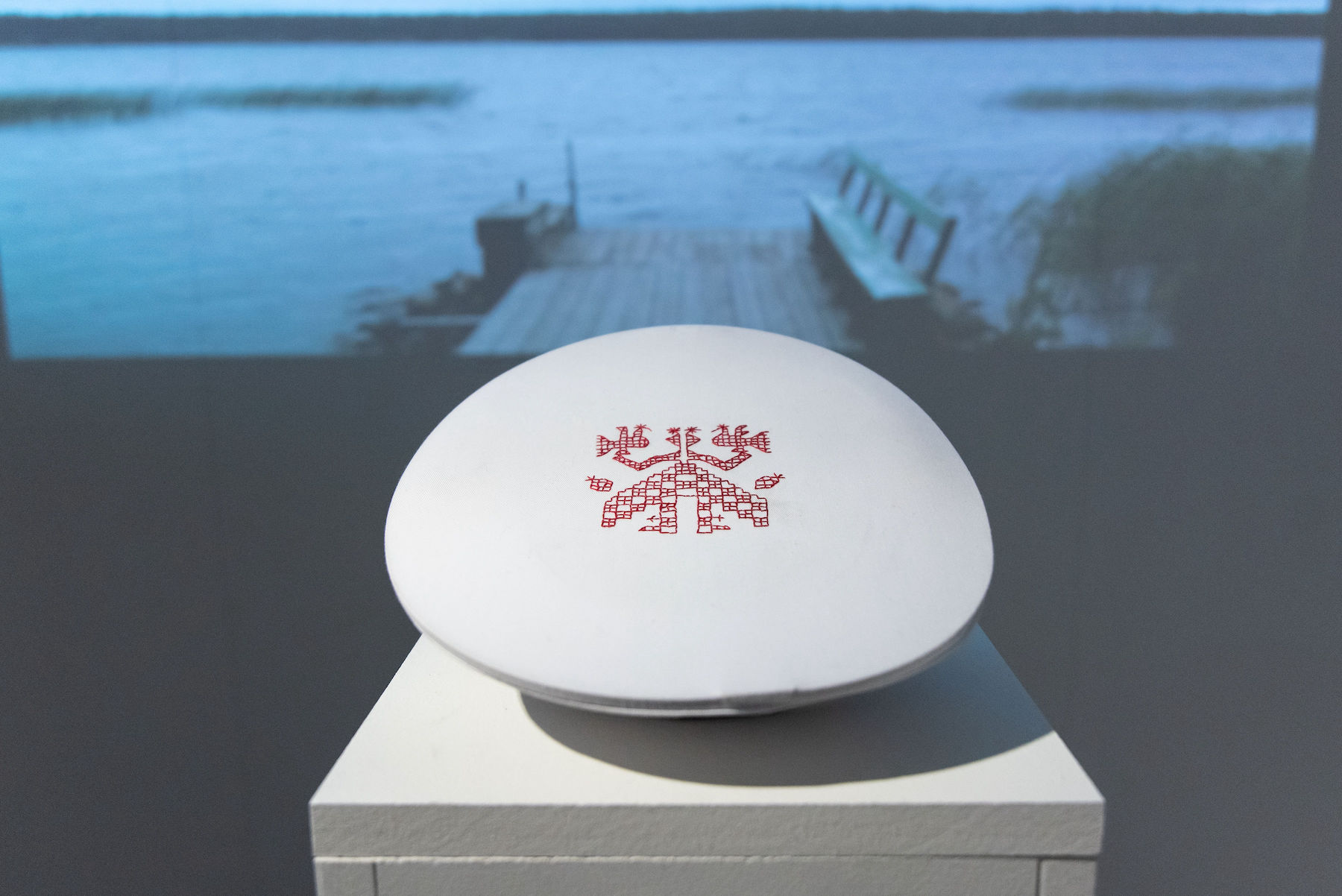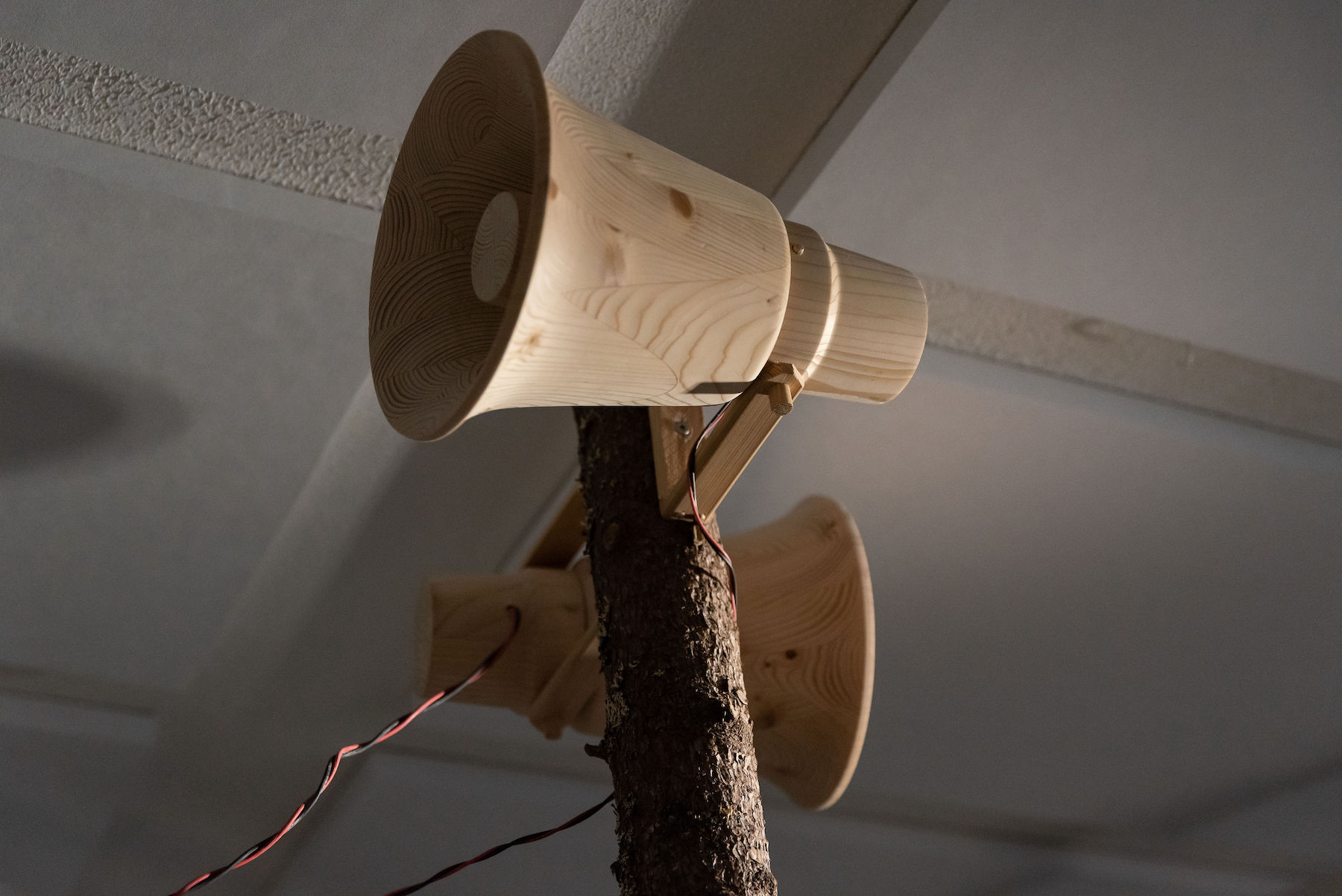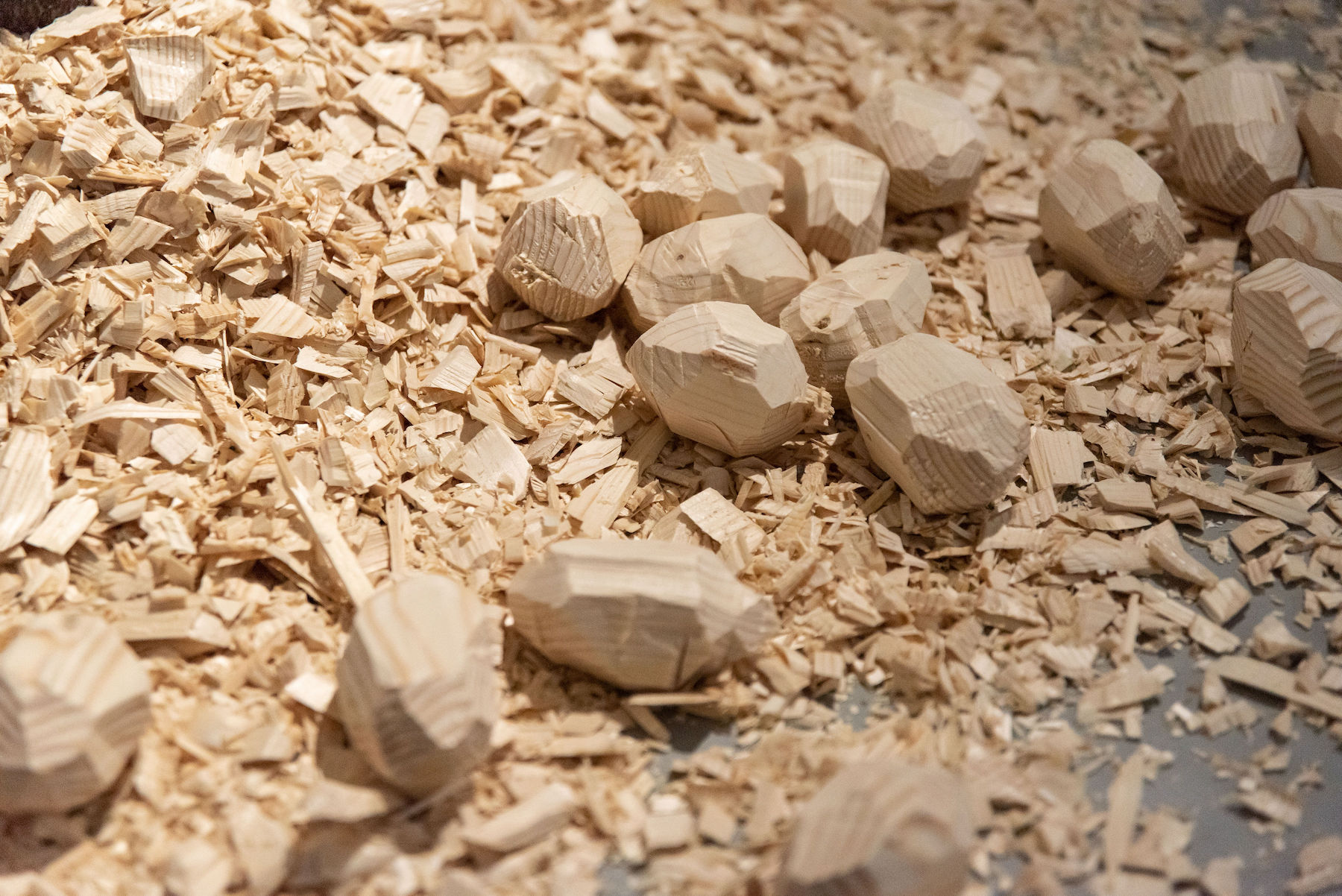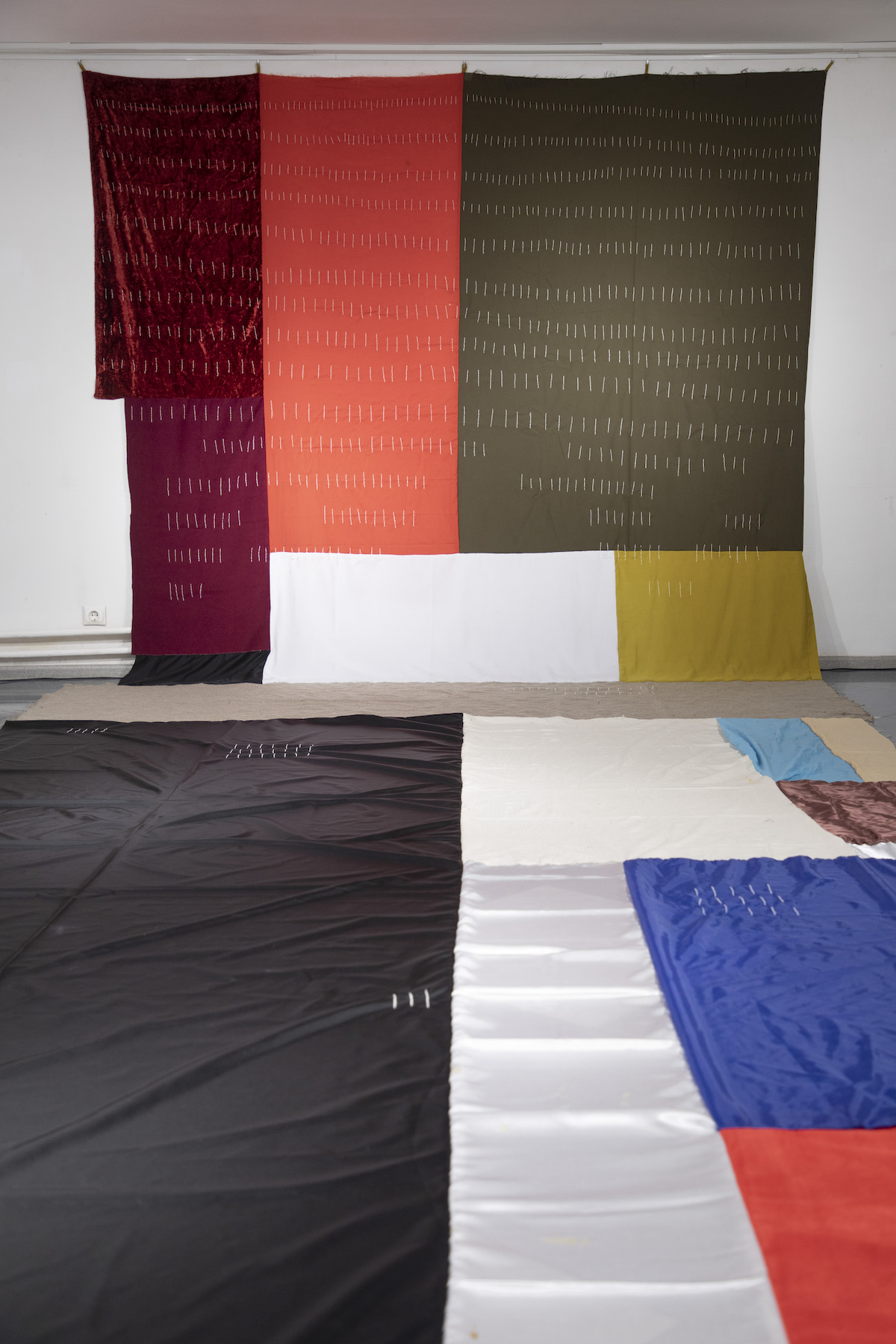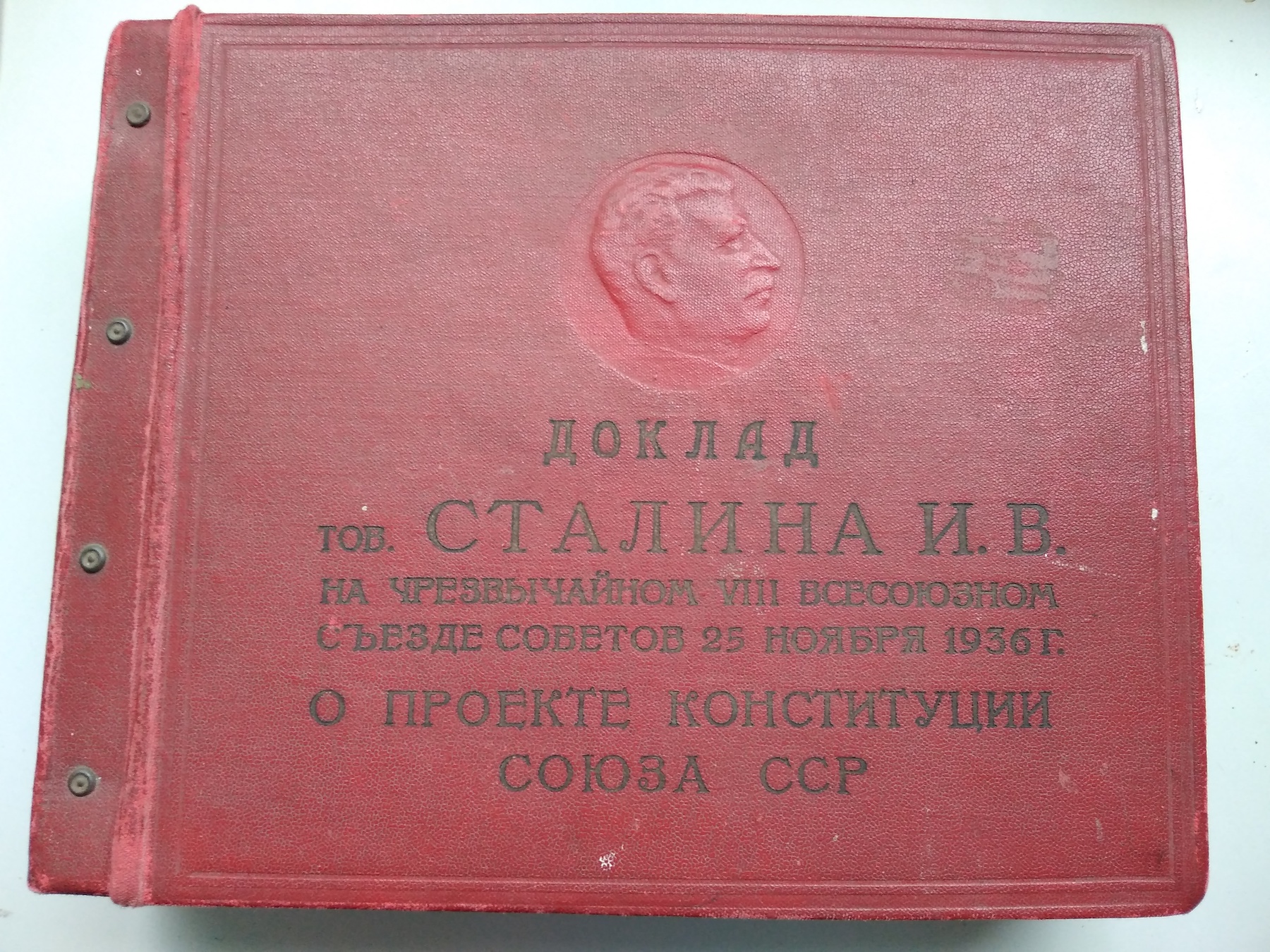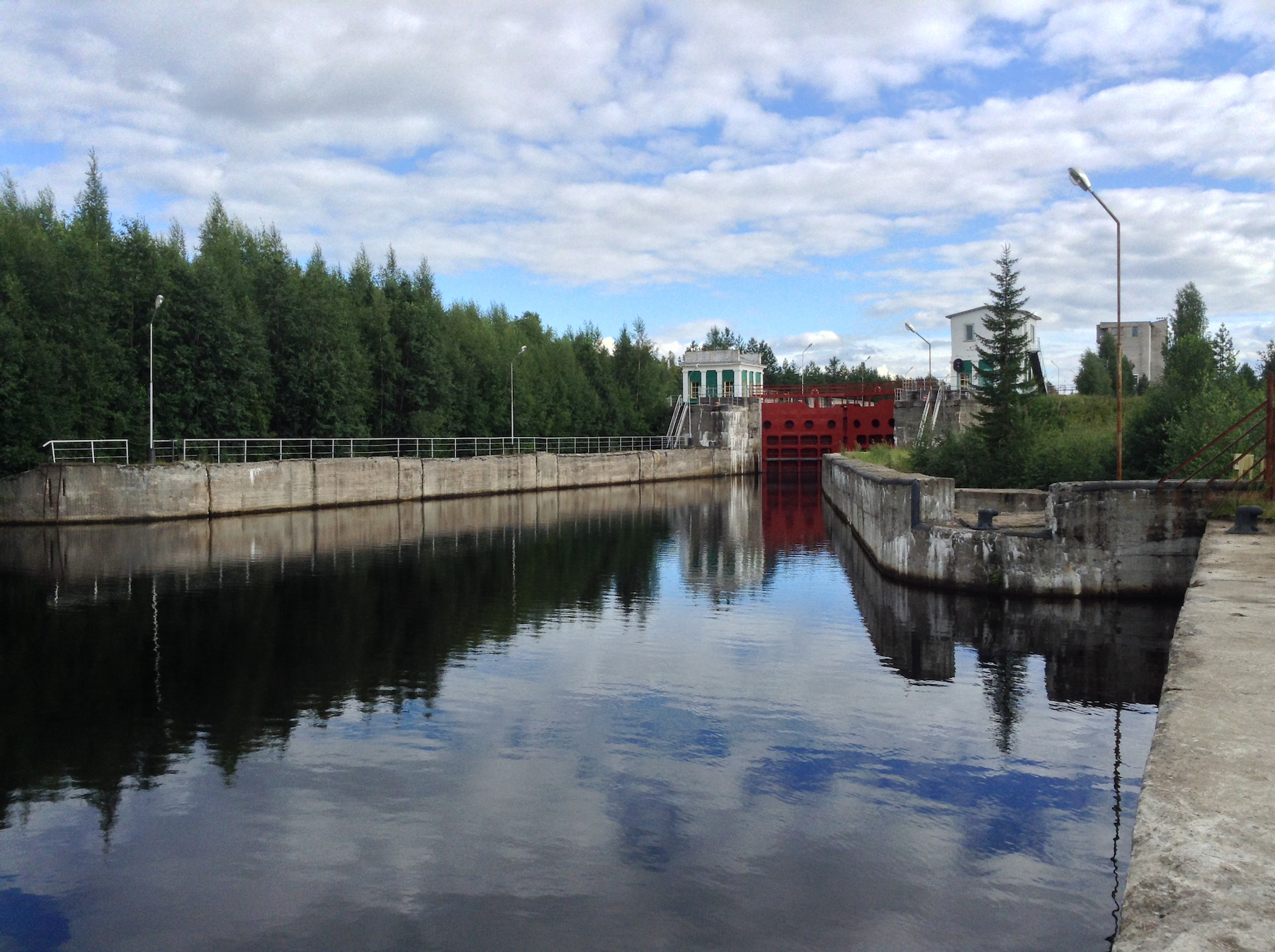
KANAVA is a long-durational art project dedicated to the memory of the Soviet Gulag (ГУЛАГ) - the forced-labour camp system which operated from 1929 to 1953. The project was named after the White Sea-Baltic canal in northern Karelia. The Finnish word Kanava highlights the connection between the Gulag system and the history of Finland. Nowadays It is commonly known that Finns comprised of a large percentage of Gulag victims in Karelia.
Over the duration of this project, SASHAPASHA (Sasha Rotts and Pavel Rotts) has been working in different places around Russia researching the history and impact of the Gulag.
The construction of the canal was the first project of the Soviet penal labour system, constructed under Stalin and proclaimed as a tool for “re-forging” the inmates into ‘normal’ Soviet citizens. In fact, the project was a way to accelerate industrialization with a small outlay, while simultaneously eliminating the opposition. Following the spread of the gulag system over the Eurasian continent SASHAPASHA has travelled through different post-soviet territories from Karelia, all the way to Vladivostok.

